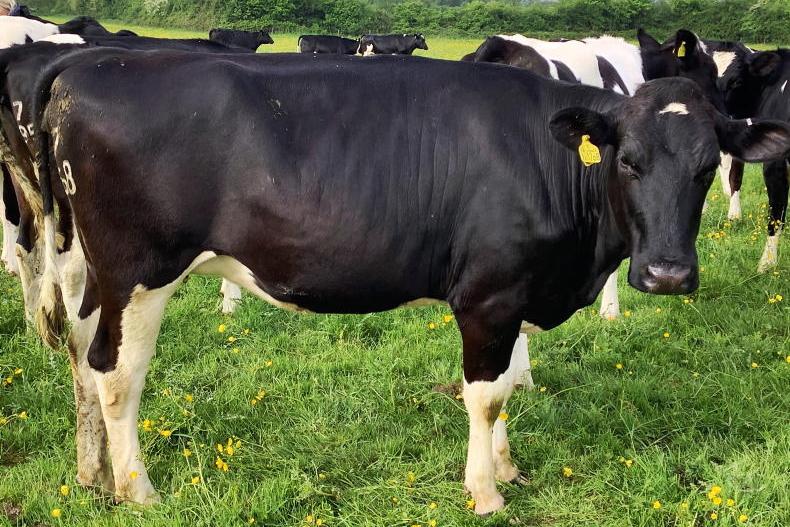We have just sold 20 autumn-calving heifers to a farmer in Staffordshire.
We retained four, but since we have achieved herd expansion plus some, we need to reduce numbers and will have to sell some barreners as well.
The 20 we sold I consider to be the best-bred group we have ever had and was sad to let them go. Most were at least three generations of very good and excellent classifications and some were five.
We will also have to sell some of the 45 heifers currently running with the bull, due to calve in early spring.

Were I a younger man, I would calve them in and milk them, but this would need investment in housing, silage and slurry containment, which, at the moment, the next generation has no appetite for, though given the rising milk price and worldwide shortage of milk, it seems like a good idea to me.
Prices
At the moment, the price being paid for milking cows is phenomenal, with top prices at market continually over £2,200.
I have tried to discover why prices are so high and had assumed it was because, one, milk price was so high and, two,
barreners are regularly making over £1,000, which offsets the purchase price.
This week when the classifier visited, he told me his brother-in-law milks 800 cows and in the past would have purchased 40 heifers at a time from the continent on a regular basis.
This supply has evidently dried up and he is having to purchase six at a time from the local markets. Such farmer activity is currently stimulating the home market.
Silage
First-cut silage is in and a tremendous crop, but it was delayed for a fortnight until 27 May due to inclement weather.
Also, some local contractors are considering giving up due to staffing difficulties. We didn’t know the price per acre until the day, as this was dependent on the price of diesel, which changes on a daily basis.
It ended up £17 an acre more, at £76 per acre for the complete job - mow, forage, cart and two loading shovels on the clamp.
This last point is something I insist on, as consolidation is so important, with one loading shovel and one tractor being as good as two shovels.

Two shovels spread and compact at 6in depth; one shovel spreads 2ft deep, which means the tractor is less efficient when rolling.
At the moment, it is a struggle to stop the paddocks going to head, but we are being helped by an AHDB grazing mentor.
This is Keith Davis, a nearby farmer, who runs two robots on his home farm and manages 700 spring-calvers on a grass-based system on an adjacent estate.
Such contrasting systems managed by one man are fascinating and he is really motivating the next generation.
Election
I am just reviewing the election results of the Honiton and Wakefield by-elections. The LibDems and Labour have white-washed the Conservatives.
Even traditional farmers over here are looking elsewhere because of Boris’s attempts to feed the nation from world food surpluses, while leaving farmers in this country facing an uncertain future.






 This is a subscriber-only article
This is a subscriber-only article










SHARING OPTIONS: